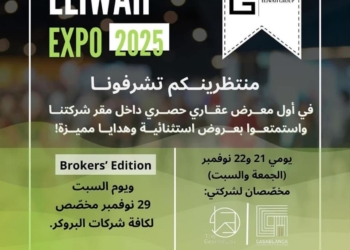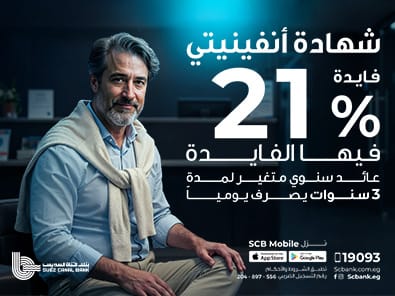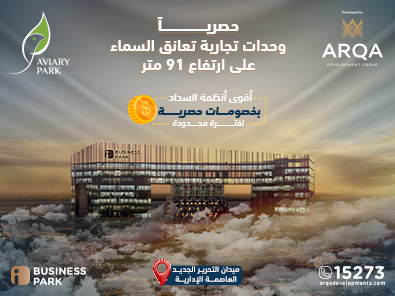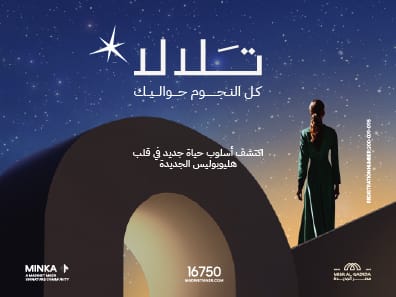Introduction to the Science of Luck: Defining Luck and Its Role in Human Experience
Luck, often dismissed as mere chance or superstition, is emerging as a compelling field within cognitive science and behavioral economics. Far from passive fate, luck reflects a complex interplay between neural pattern recognition, probabilistic thinking, and psychological biases. At its core, the experience of luck arises from how our brains detect patterns in randomness—seeking order in noise to navigate uncertainty. This cognitive function shapes how we interpret outcomes, influencing decisions in everything from daily choices to high-stakes investments. Understanding the science of luck reveals not just how we perceive fortune, but how we can actively shape it through intentional awareness and adaptive strategies.
Neurons encode expectations and detect regularities, fueling what we label as “lucky” moments. When patterns emerge—such as a repeating sequence in stock prices or a consistent rhythm in decision outcomes—our brain strengthens these connections through dopamine-driven reinforcement. This neurobiological mechanism explains why we often feel a surge of confidence after a seemingly lucky streak, even when outcomes remain probabilistic. Pattern-seeking behavior, rooted in evolutionary survival instincts, thus becomes a double-edged sword: it empowers us to learn and adapt, but also exposes us to well-known cognitive traps.
Three key psychological biases distort our perception of luck. First, confirmation bias leads us to remember “lucky” outcomes more vividly while filtering out losses. Second, gambler’s fallacy convinces us that past events influence independent future outcomes—such as believing a coin is “due” to land heads after several tails. Third, hindsight bias rewrites memory to make outcomes seem predictable, reinforcing the illusion of control. These biases collectively shape our subjective experience of luck, often obscuring the true role of chance and probability.
The interplay between perceived luck and self-efficacy is especially pronounced in high-stakes environments. For instance, elite athletes frequently attribute success to “instinct” or “luck,” even when rigorous training shaped their performance. Research in behavioral economics shows that individuals who frame outcomes as partially under their control—whether lucky or unlucky—demonstrate greater resilience and motivation. This mental reframing transforms luck from a passive force into a dynamic variable, enabling proactive decision-making grounded in probabilistic awareness rather than superstition.
Across cultures, interpretations of luck vary dramatically, shaping collective decision-making styles. In East Asian traditions, luck is often seen as a relational flow—nurtured through harmony and timing—rather than individual control. In contrast, Western narratives emphasize personal agency, where “luck” is framed as a reward or setback tied to effort. These cultural lenses influence risk tolerance, investment behavior, and even innovation. For example, cultures valuing interdependence may prioritize collaborative risk-taking, seeing luck as a shared resource, while individualistic cultures may interpret randomness as a personal challenge to overcome.
In digital environments, modern luck narratives evolve through algorithmic feedback loops. Social media, financial apps, and recommendation engines amplify perceived patterns—e.g., viral trends or “hot” stock picks—often reinforcing confirmation bias and hindsight. Yet, digital tools also enable behavioral experimentation: tracking decision outcomes across time, testing causal links between actions and “lucky” results. This data-driven approach allows users to recalibrate their luck perception with evidence, moving from passive storytelling to active hypothesis testing.
Table: Key Biases Influencing Perceived Luck
| Bias | Effect on Luck Perception |
|---|---|
| Confirmation Bias | Overvalues lucky events; ignores contradictory outcomes |
| Gambler’s Fallacy | Believes random events are influenced by past results |
| Hindsight Bias | Reinterprets randomness as predictable after the fact |
Practicing Intentional Luck: Strategies for Daily Application
Building intentional luck begins with shifting from passive belief to active practice. Mindfulness and meta-cognition allow us to observe our luck narratives without judgment, identifying when biases distort perception. Behavioral experiments—such as tracking decisions over time—test whether outcomes stem from skill, chance, or pattern recognition. Tools like probabilistic forecasting, decision journals, and structured risk assessments help ground choices in evidence, transforming vague “luck” into measurable variables.
Tools for Harnessing Probabilistic Thinking
- Decision journals: Record choices and outcomes to detect patterns and reduce bias.
- Probability checklists: Evaluate odds before acting, countering overconfidence.
- Scenario planning: Anticipate multiple outcomes, preparing for uncertainty.
Behavioral Experiments to Test Luck Causality
To distinguish true causality from coincidence, conduct small, repeatable experiments. For example, test if a “lucky” routine—like wearing a specific item—affects performance, then compare results across multiple trials. Use random assignment where possible to minimize self-selection bias. Document deviations from expected outcomes to refine mental models.
The science of luck is not about eliminating randomness but cultivating awareness of its patterns. By integrating cognitive insights with deliberate practice, individuals transform luck from a myth into a measurable, manageable aspect of decision-making.
Synthesis: From Modern Applications to Everyday Agency
The frameworks introduced in the science of luck—neural pattern recognition, behavioral biases, and cultural narratives—evolve into actionable daily strategies when applied with intention. What begins as theoretical reflection becomes tangible agency through mindfulness, probabilistic reasoning, and experimentation. This shift underscores that luck, as a science, is not fate but a cultivated mindset shaped by awareness and practice.
In closing, the modern application of luck science reveals a powerful truth: our perception of chance is malleable, and our responses to it are within our power. By embracing uncertainty with clarity and curiosity, we reclaim agency—turning fleeting moments of “luck” into lasting resilience.
“Luck is not a gift from the stars, but a skill honed through understanding the patterns we live within.”
الرابط المختصر: https://propertypluseg.com/?p=158423





















